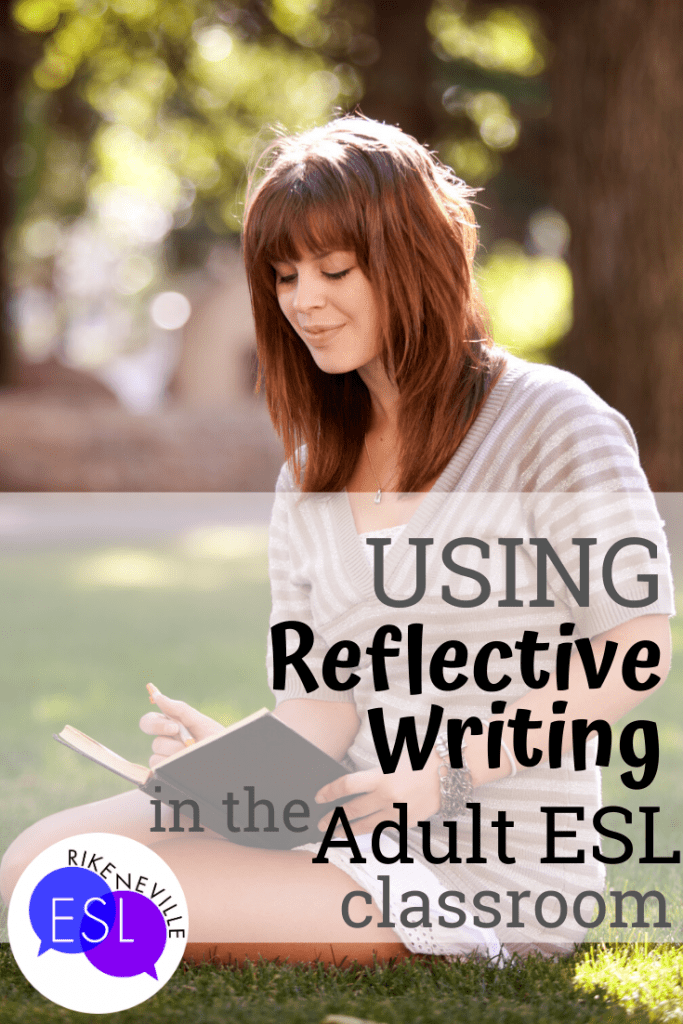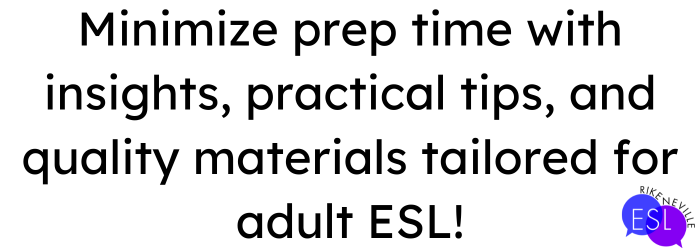
Read your students’ reflective writing, and you’ll see that no TV or movie series could rival what goes on in our students’ lives. Everything that makes them who they are, their family life, culture, religion, economic status, friendships, darkest secrets, and biggest triumphs all come together to create the students you have before you. As much as you might wonder what makes them tick, they likely struggle to understand themselves. What if reflective writing is what frees them to be who they are? What if it can happen in your classroom?
But I don’t teach a writing course!
The more I get to know my students, the more I enjoy them as people. The better I understand where they’ve come from, where they are now, and where they intend to be in the future, the more relevant I can make lessons and activities. Maybe you are required to teach the same things to the students who are learning English for fun, the students who are trying to pass the TOEFL, and the students who are just getting a quick brush-up before re-entering university after an extended vacation. Still, if you can find a way to make the SAME thing appealing in different ways, you’ll have a class of engaged students.
To do this, you’ll need to know more than the information you have on your course roster. You’ll need to poke around in the parts of their minds and hearts that they’ve left unexamined.

How can I get my students to buy into reflective writing?
Low-level students want to study EVERYTHING, so they are generally up for whatever you throw at them.
However, intermediate and advanced students know what they want–or at least they think they do. As one of my co-workers often says, “There are students who want to know English, and there are students who want to learn English.”
I think the trick in getting the ones who merely want to KNOW English is to teach them how to learn while teaching them what they need to learn to reach their specific goals.
The more lines you can draw between their past and their present and where they envision their future, the more of their attention you’ll have. But, you’ll need to truly know them to do this. In some ways, you almost need to know them better than they know themselves. Now, you’re teaching adults, not children. So explain to them why you want them to do reflective writing. Tell them why you want to get to know them more intimately.
Be willing to share your own reflective writing.
If you’re up for it, offer to do the same: open yourself to them by letting them read your reflection. When you allow yourself to be vulnerable with your students, they will feel more comfortable with exposing their hearts and souls to you.
Tell them the truth–it’s often a university requirement!
One way to sell this to any reluctant writers is to share the fact that many universities encourage and require reflective writing in courses and not just the ones in the English department!
Send your students on a journey of self-discovery with you as their tour guide, and take notes! When you start to see them as the complex people they are rather than the student problems they pose, you’ll reach them on a whole new level.
Wait. Where can I get some prompts to get them started?
Try my reflective writing prompts with the people in your classes. (You might want to write with them as well!) Available in my TpT store, this resource has 60 writing prompts crafted to help writers examine how their beliefs, values, assumptions, and attitudes have shaped who they are and how they handle conflict. These writing prompts will help to create/deepen the connection between the writer and the reader.
And yes, I did find out rather shocking dark secrets and awe-inspiring triumphs. My heart still cries at the memory of some of the stories, and others motivate me in my own dark moments. But these are their stories, not mine.
Reflective writing resources for the adult ESL classroom:
Whenever one year draws to an end, and another is about to begin, we get tend to look back. Use my New Year’s Letters to the Past reflective writing resource to help your students begin their own reflections. Each year, I replace the year, so once you buy it, be sure to re-download it at the end of the following year to get the correct year on the pages and any new prompts I might have added.
Read more about teaching adult ESL!
- Three Ideas for Inspiring Shared Gratitude in the Classroom
- How Using Adjective Clauses Helps Power Up their Writing
- Connectives & Transition Signals: Fixing Writing that Meanders
Freebie Alert!
Subscribe to my newsletter and get a FREE sample from my connectives & transition signals resource to use with your students!

Leave a Reply